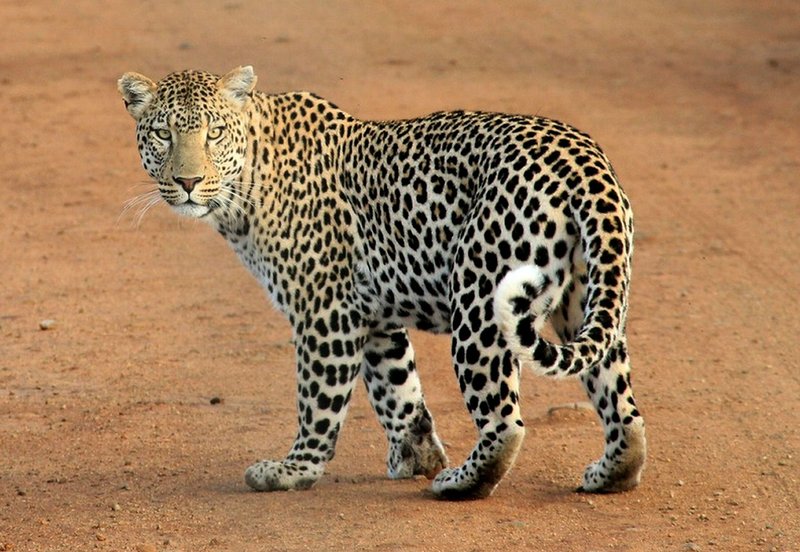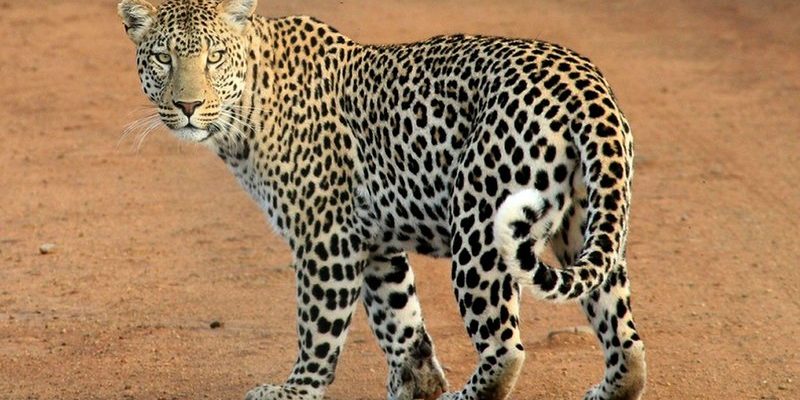
Imagine having a small, colorful dinosaur right in your living room. That’s what a leopard gecko might feel like! They come in various beautiful colors and patterns, and their quirky personalities can be a joy to watch. But are they suitable companions for young kids? Let’s dive into what makes leopard geckos great pets and what you need to consider before bringing one home.
Understanding Leopard Geckos
Leopard geckos are small lizards native to the deserts of Afghanistan, Pakistan, and India. They can grow up to about 10 inches long and live between 10 to 20 years with proper care. One of their most appealing features is their wide range of colors and patterns, from bold yellows and oranges to stunning whites and blues. Each one has its own personality, and they often display interesting behaviors that can captivate kids.
What’s great about these reptiles is that they’re usually very docile. This makes them less likely to bite than other pets. Kids can gently handle them, which is a huge plus. Teaching your child how to interact with a leopard gecko can be a fun and educational experience, helping them understand respect for animals and responsibility.
Caring for a Leopard Gecko
Now, let’s talk about the care involved. Leopard geckos aren’t like dogs or cats that require regular walks and constant companionship. They’re relatively low-maintenance, but they do need certain conditions to thrive. Their habitat should mimic their natural environment, which means a spacious enclosure, heat sources, and appropriate substrate.
Here’s a list of essential care elements for your leopard gecko:
- Vivarium Size: A 20-gallon tank is a good starting point for one gecko.
- Temperature: They need a warm side (around 88-92°F) and a cooler side (around 75-82°F).
- Hiding Spots: Provide caves or hides where they can feel secure.
- Humidity: Maintain humidity levels around 30-40%.
Once you set up their home, feeding them is straightforward. They thrive on a diet of crickets, mealworms, and occasional treats like waxworms. Teaching kids about the importance of proper diet and hygiene with pet care can be an eye-opener. Just remember, like any pet, they require regular feeding and care.
Handling and Interaction
When it comes to handling, leopard geckos can be a hit with kids. They’re generally calm and can be handled once they get used to their new environment. It’s crucial to show your child how to pick up the gecko gently—using both hands is key! They should support the lizard’s body and never grab its tail, as it can drop its tail as a defense mechanism.
Let’s not forget about the fun factor! Watching a leopard gecko hunt down its food can be exciting for kids. They have unique movements and can even climb surfaces, which adds to their charm. You might find yourself drawn in too, as they explore their surroundings.
Educational Benefits
Keeping a leopard gecko can be more than just a pet ownership experience; it can be a learning opportunity for kids. They can learn about the life cycle of reptiles, their habitat in the wild, and the importance of taking care of living creatures. It’s a chance to have discussions about ecosystems and animal behaviors.
You might be surprised at how much responsibility your child can handle. Monthly cleaning of the habitat, routine feeding, and monitoring the gecko’s health can teach kids valuable life skills. These experiences can foster empathy and patience, which are beneficial traits for young ones to develop.
Potential Challenges
However, it’s essential to consider some challenges too. While leopard geckos are generally low maintenance, they do require specific care. If the temperature or humidity is off, it can lead to health issues. Kids may lose interest, and the responsibility could fall on the adults.
Also, it’s important to check for allergies. Just because a pet is a reptile doesn’t mean your child won’t be sensitive to it. Always observe their reactions during handling, especially when first bringing the gecko home.
Cost Considerations
Before jumping into leopard gecko ownership, you might be wondering about the costs involved. Setting up a proper habitat can be a bit pricey upfront. Here’s a rough breakdown of typical expenses:
- Vivarium: $50-$150, depending on size and material.
- Heat Sources: $20-$50 for heat lamps or heating pads.
- Food: $10-$30 per month, depending on feeding habits.
- Accessories: Hides, substrate, and decor can add another $50.
While these initial costs might seem high, think of them as an investment in your child’s learning and growth. Plus, leopard geckos can live for many years, so it’s a long-term commitment.
So, are leopard geckos good pets for kids? The answer largely depends on your family dynamics and willingness to invest time into their care. They offer a great blend of low maintenance, educational opportunities, and unique interactions that can strengthen your child’s understanding of responsibility.
If you think your family can provide the right environment and care, a leopard gecko could turn out to be a delightful addition to your home. Just like that perfect recipe, the right pet can create lasting memories and teach invaluable life lessons along the way. So grab that heat pad and habitat, and get ready to embark on this exciting journey with your new little friend!

